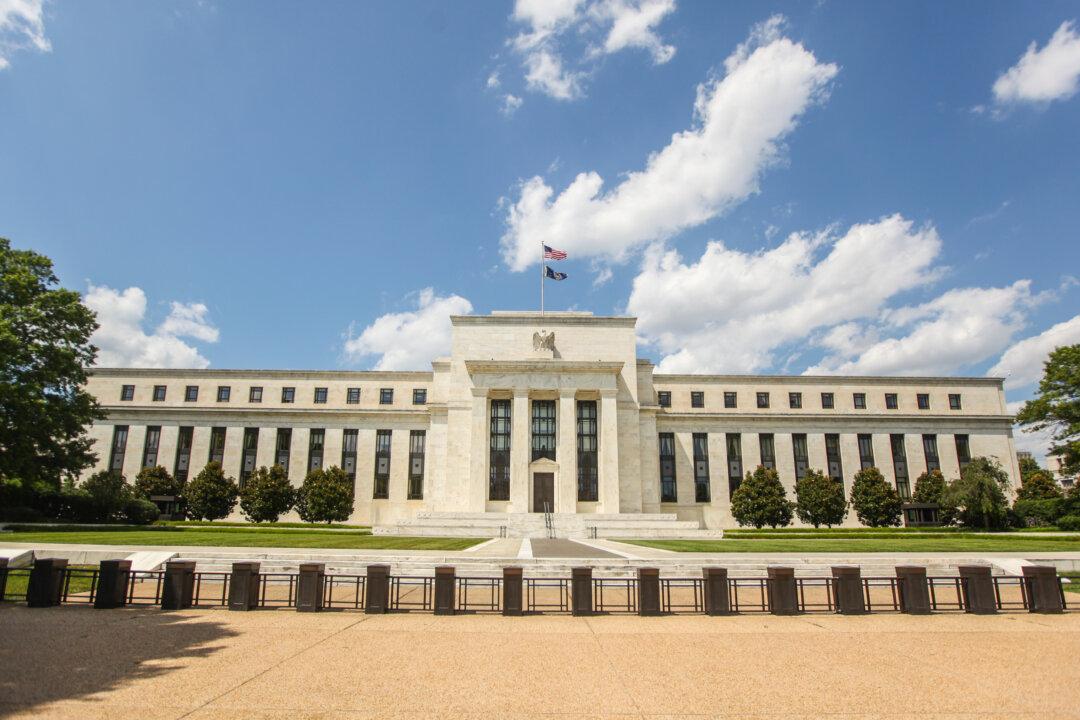The Trump administration promised the electorate that it would fix trade imbalances that cost American jobs, and so amped up its rhetoric ahead of President Donald Trump’s meeting with Chinese leader Xi Jinping on April 6 and 7.
“Thousands of factories have been stolen from our country. ... Under my administration, the theft of American prosperity will end,” Trump said on March 31. The administration has toyed with the idea of imposing tariffs or implementing a so-called border adjustment tax, penalizing imports and providing tax breaks for exports. These measures would reduce the trade deficit, the net tally between a nation’s exports and imports, but they would also distort supply chains and probably lead to retaliation from trading partners.
But what if, despite the documented Chinese cheating in trade, it is not trade that is the problem? In that case, there would have to be another reason for the $502 billion U.S. trade deficit in 2016—one that’s hiding in plain sight and that could open up new options for fixing the imbalances.
New research suggests free trade in investment capital leads to imbalances in the trade account. The traditional view is that a trade deficit in goods needs to be financed by exporting assets like Treasury bonds and real estate so that the two accounts balance out. Capital pays for the goods, and the country’s external balance nets out to zero.





